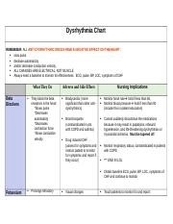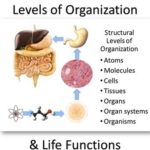In the context of Unified Modeling Language (UML), an association class is a class that is part of an association relationship between two other classes. It provides additional information about the relationship.
For example, consider a class called `Student` that represents a student and has an association with a class called `Course`, which represents an educational course. The `Student` class can enroll in a course. An association class called `Enrollment` further defines the relationship between the `Student` and `Course` classes by providing section, grade, and semester information related to the association relationship.
An association class is identical to other classes and can contain operations, attributes, as well as other associations. It is connected to an association by a dotted line.
Association is a broad term that encompasses just about any logical connection or relationship between classes. For example, passengers and airline may be linked. Directed Association refers to a directional relationship represented by a line with an arrowhead. The arrowhead depicts a container-contained directional flow.
Reflexive Association occurs when a class may have multiple functions or responsibilities. For example, a staff member working in an airport may be a pilot, aviation engineer, ticket dispatcher, guard, or maintenance crew member. If the maintenance crew member is managed by the aviation engineer there could be a managed by relationship in two instances of the same class.
Multiplicity is the active logical association when the cardinality of a class in relation to another is being depicted. For example, one fleet may include multiple airplanes, while one commercial airplane may contain zero to many passengers.
Aggregation refers to the formation of a particular class as a result of one class being aggregated or built as a collection. For example, the class library is made up of one or more books, among other materials. In aggregation, the contained classes are not strongly dependent on the lifecycle of the container.
Composition is very similar to the aggregation relationship, with the only difference being its key purpose of emphasizing the dependence of the contained class to the life cycle of the container class. That is, the contained class will be obliterated when the container class is destroyed.
In conclusion, association classes in UML diagrams provide a powerful tool for representing complex relationships between classes, allowing for more detailed and accurate modeling of real-world systems.


